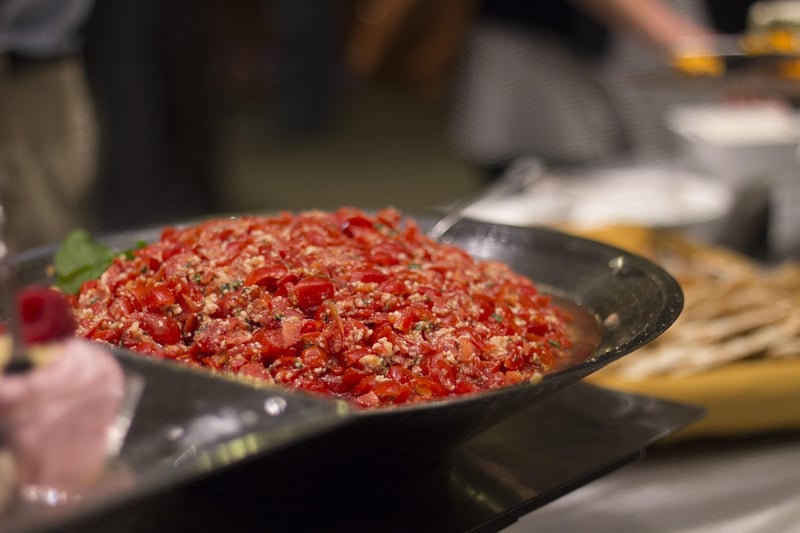Salsa
The Art of Expressive Movement in Salsa Dancing

Salsa dancing is not just about mastering the steps; it's also about embodying the music through expressive movement. The art of salsa lies in the ability to convey emotions, tell stories, and connect with your partner on a deeper level through movement.
Expressing Emotions through Dance
Expressive movement in salsa allows dancers to convey a wide range of emotions such as joy, passion, sensuality, and even drama. By using body language, facial expressions, and intricate footwork, dancers can communicate their feelings to the audience and their partner.
Connecting with the Music
One of the key elements of salsa dancing is the connection between the dancers and the music. Expressive movement enables dancers to interpret the rhythm, melody, and lyrics of the music, allowing them to express themselves fully and authentically on the dance floor.
Building Chemistry with Your Partner
When dancing salsa, partners must establish a strong connection to move in harmony. Expressive movement not only enhances the visual appeal of the dance but also strengthens the bond between partners as they synchronize their movements and emotions.
Practicing Expressive Movement
To master expressive movement in salsa, dancers should focus on fluidity, musicality, and storytelling. By practicing body isolations, experimenting with different dynamics, and letting go of inhibitions, dancers can unlock their expressive potential and elevate their dancing to a whole new level.
So next time you hit the dance floor, remember that salsa is not just a series of steps—it's a form of artistic expression that allows you to connect with the music, your partner, and your own emotions through the power of movement.
Embrace the art of expressive movement in salsa and watch how your dancing transforms into a captivating and unforgettable experience!
